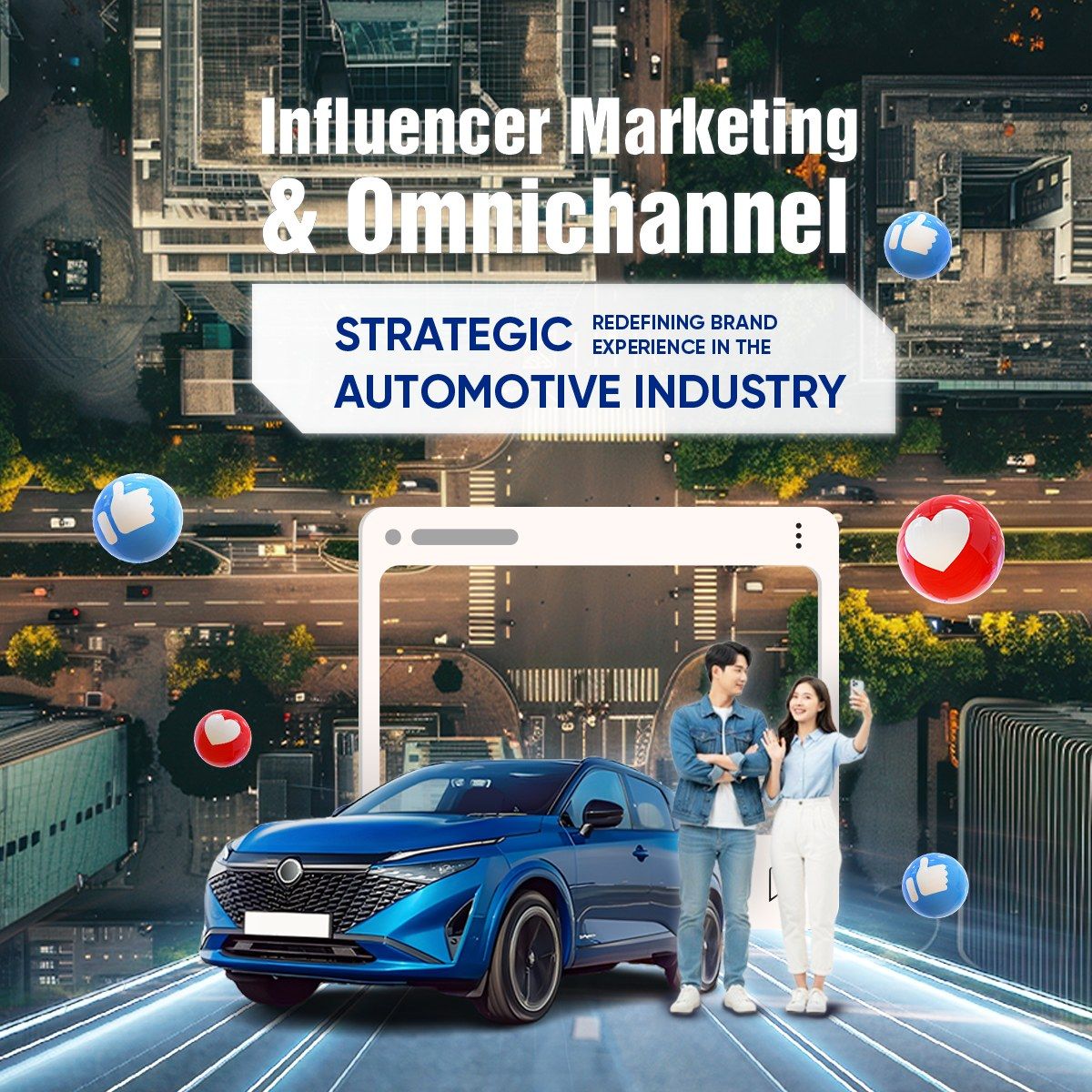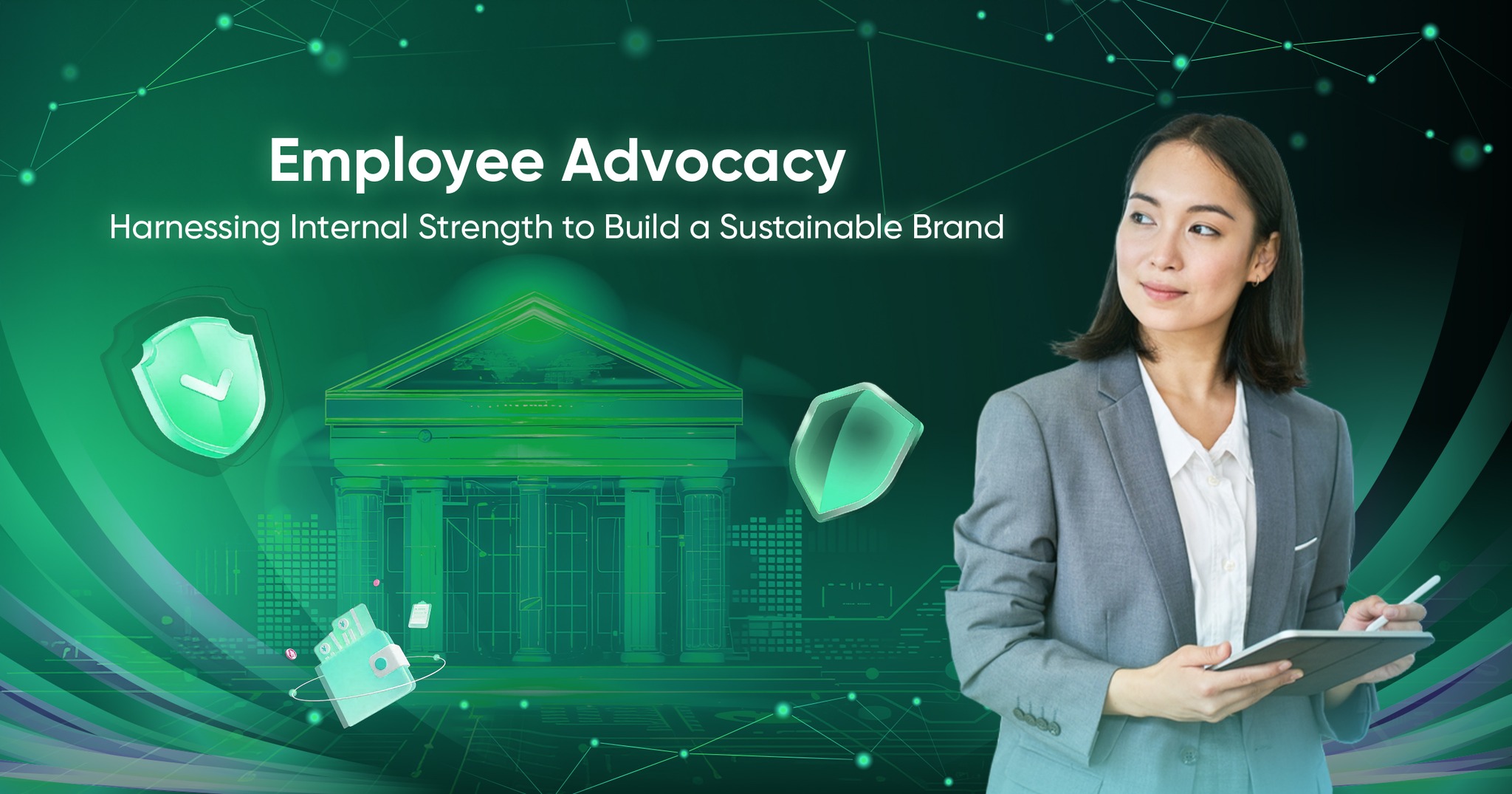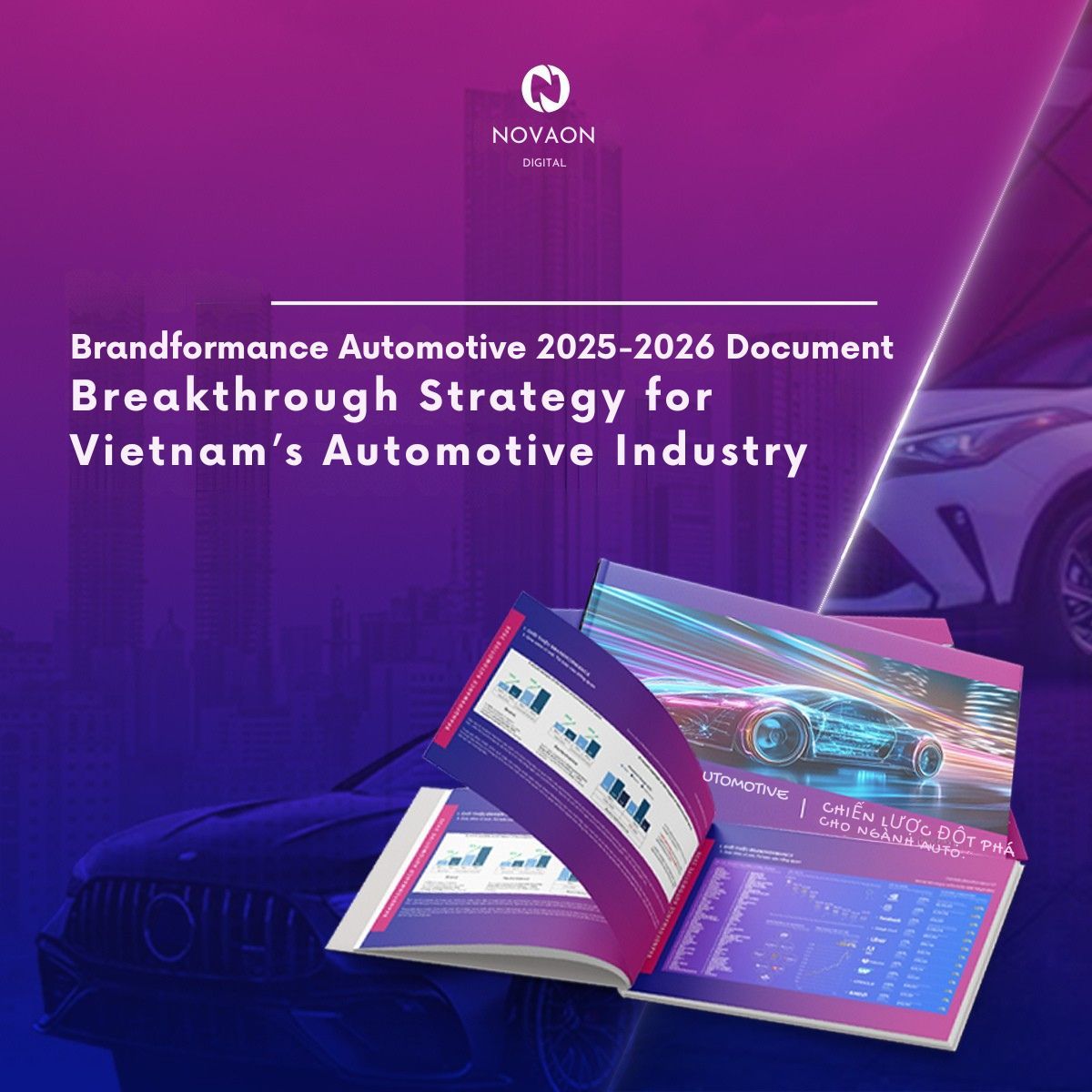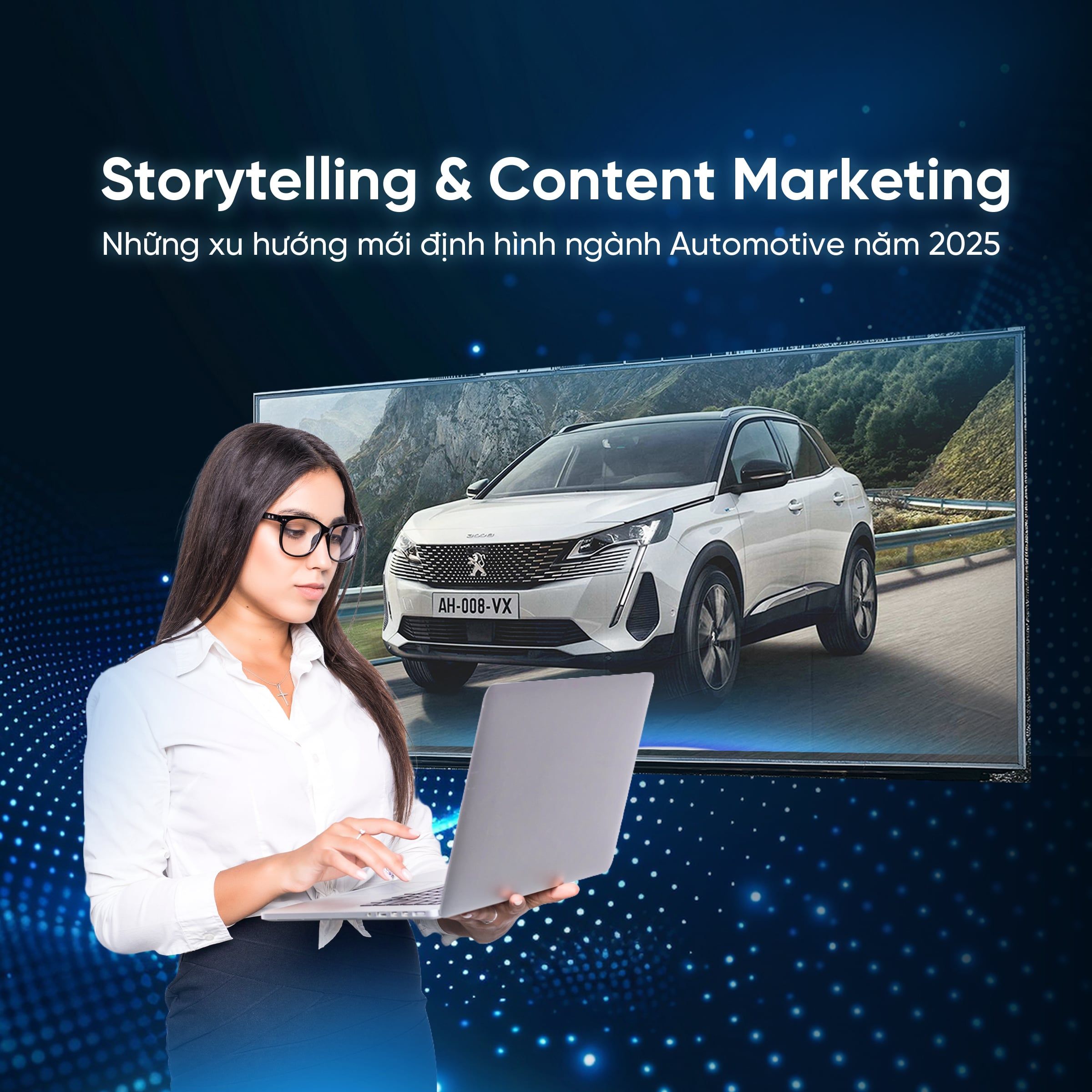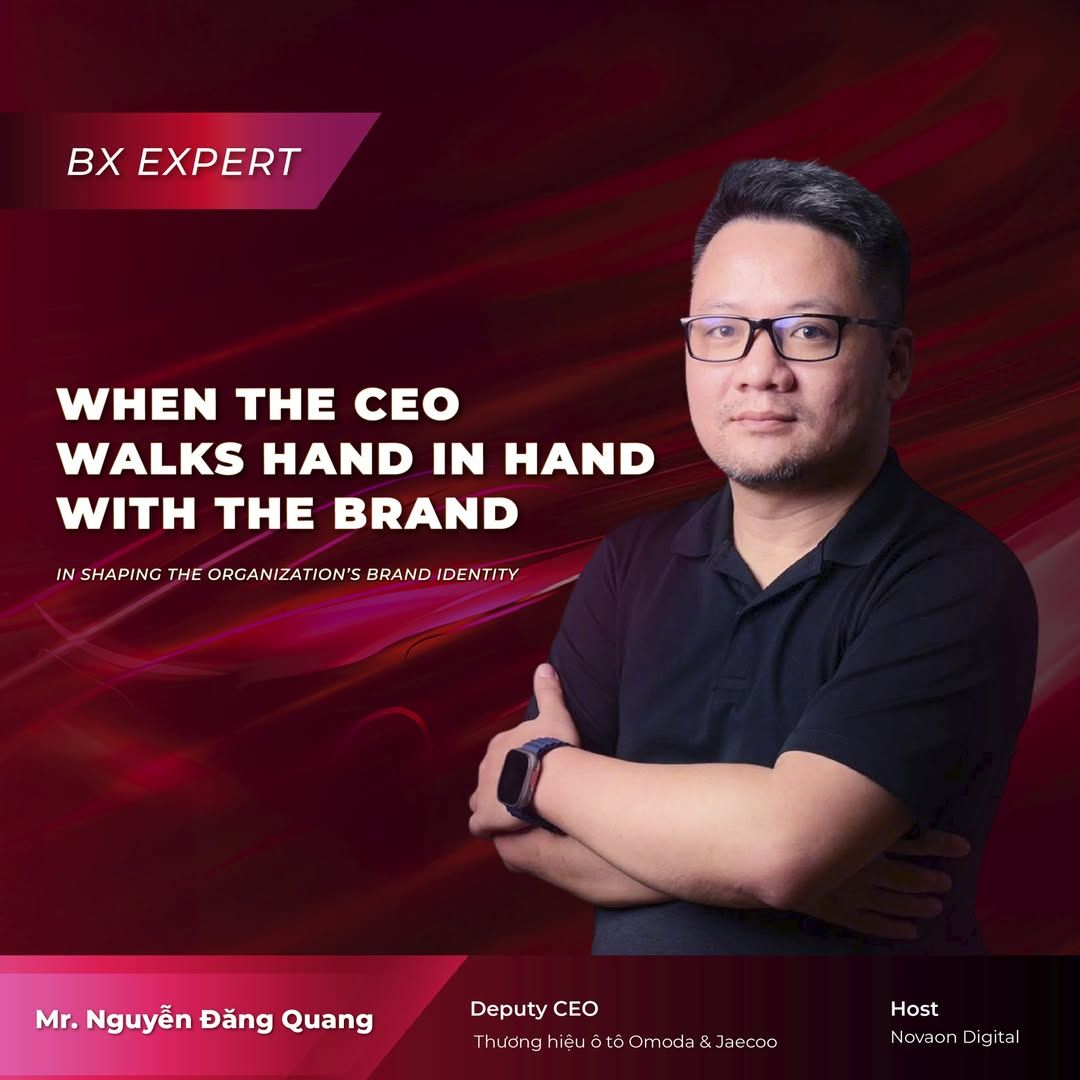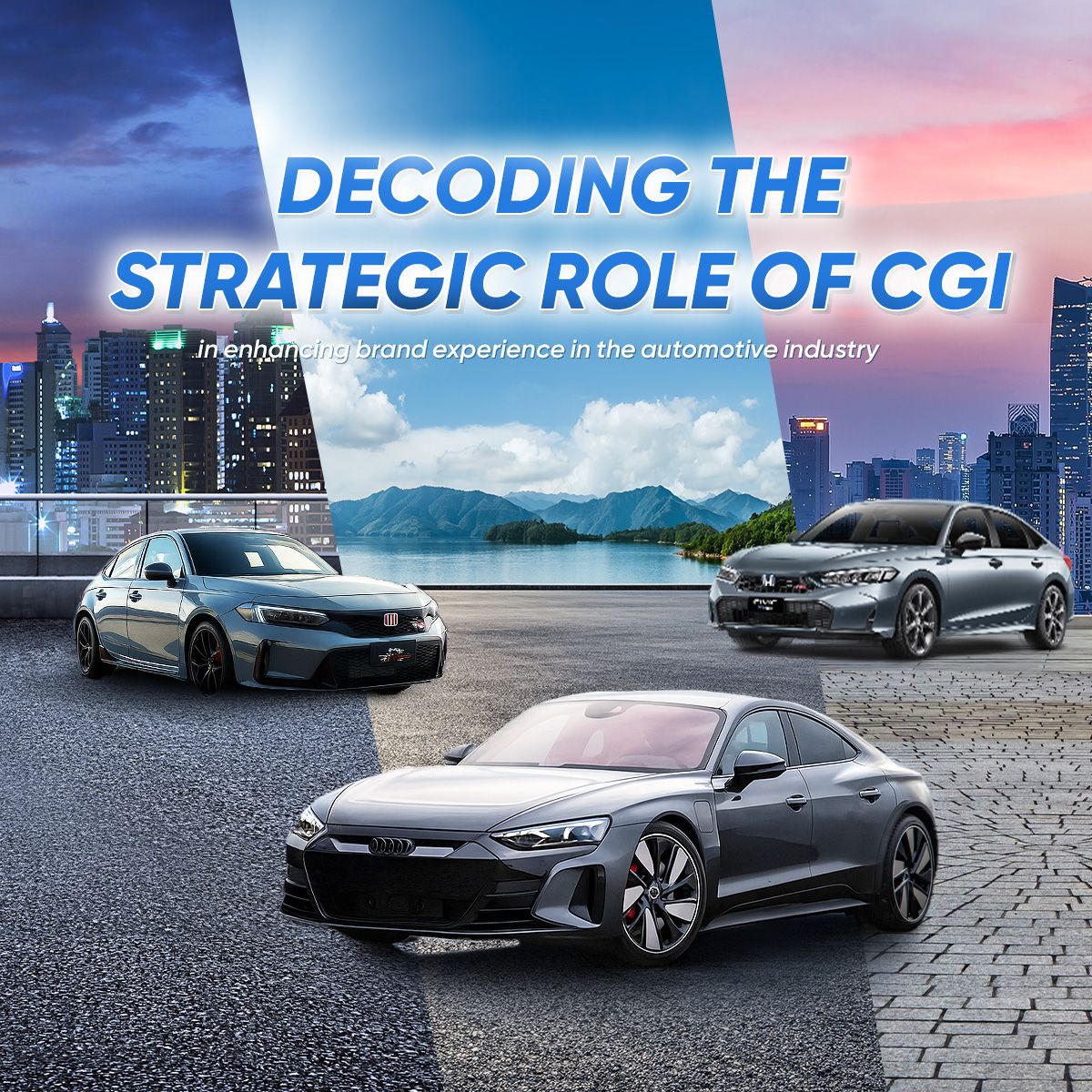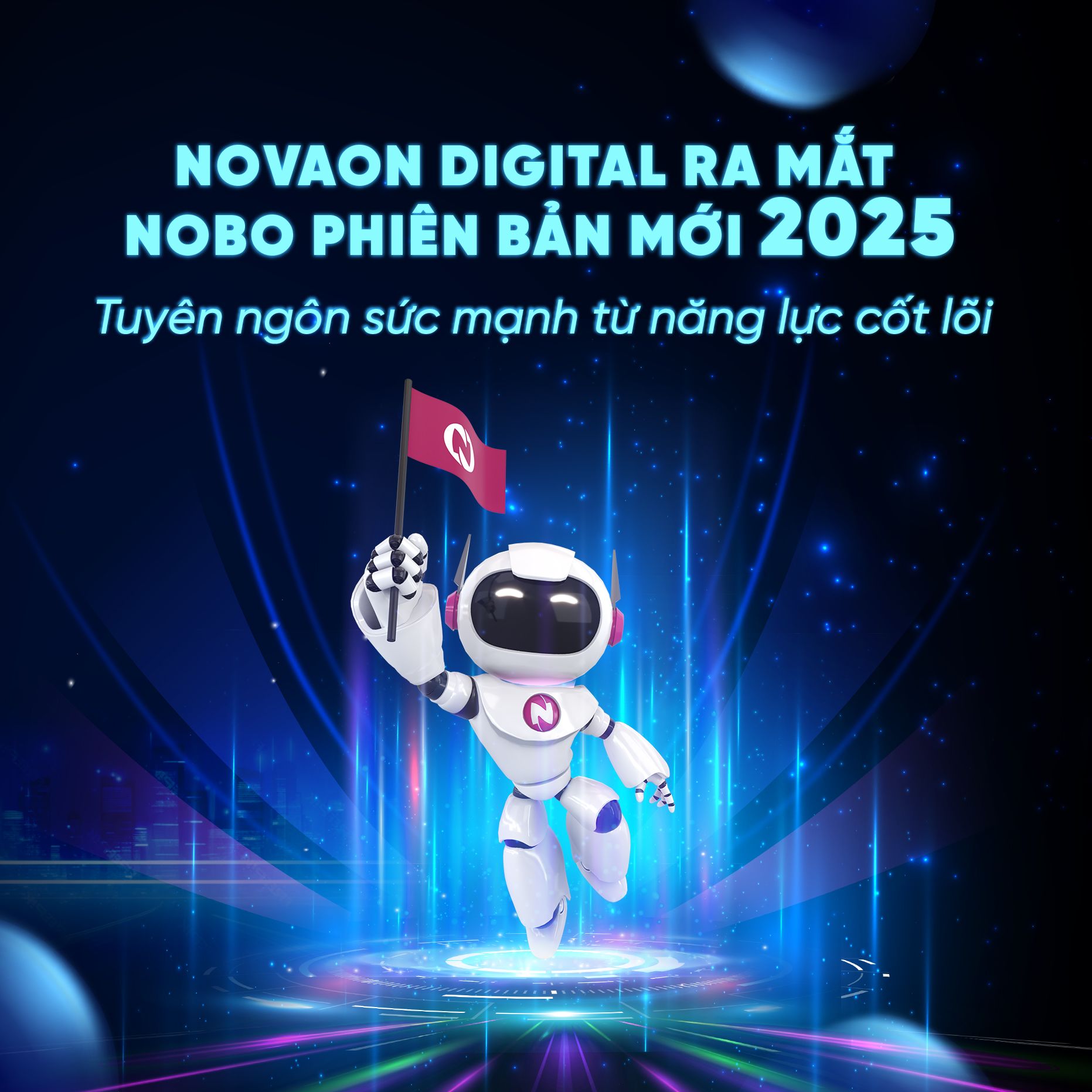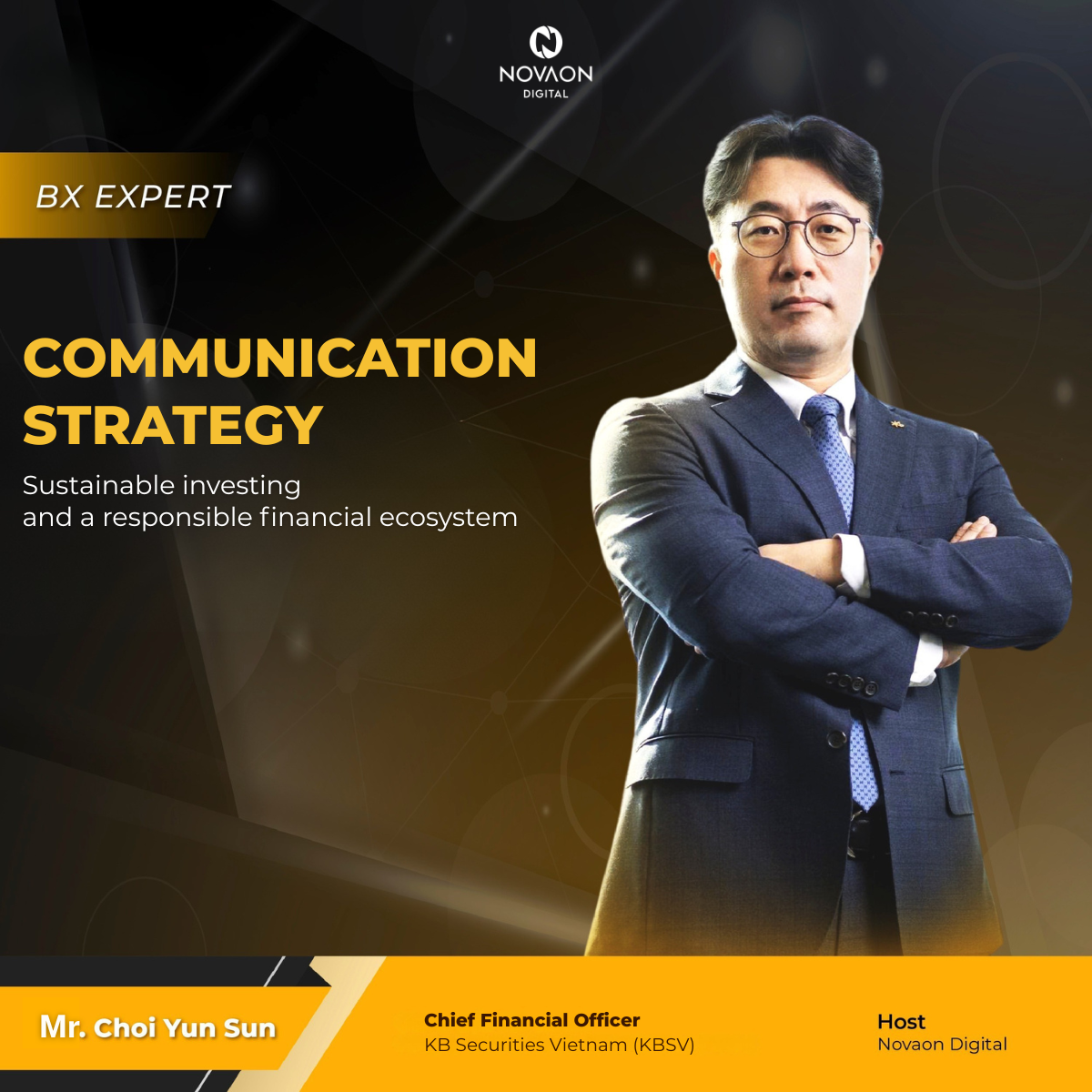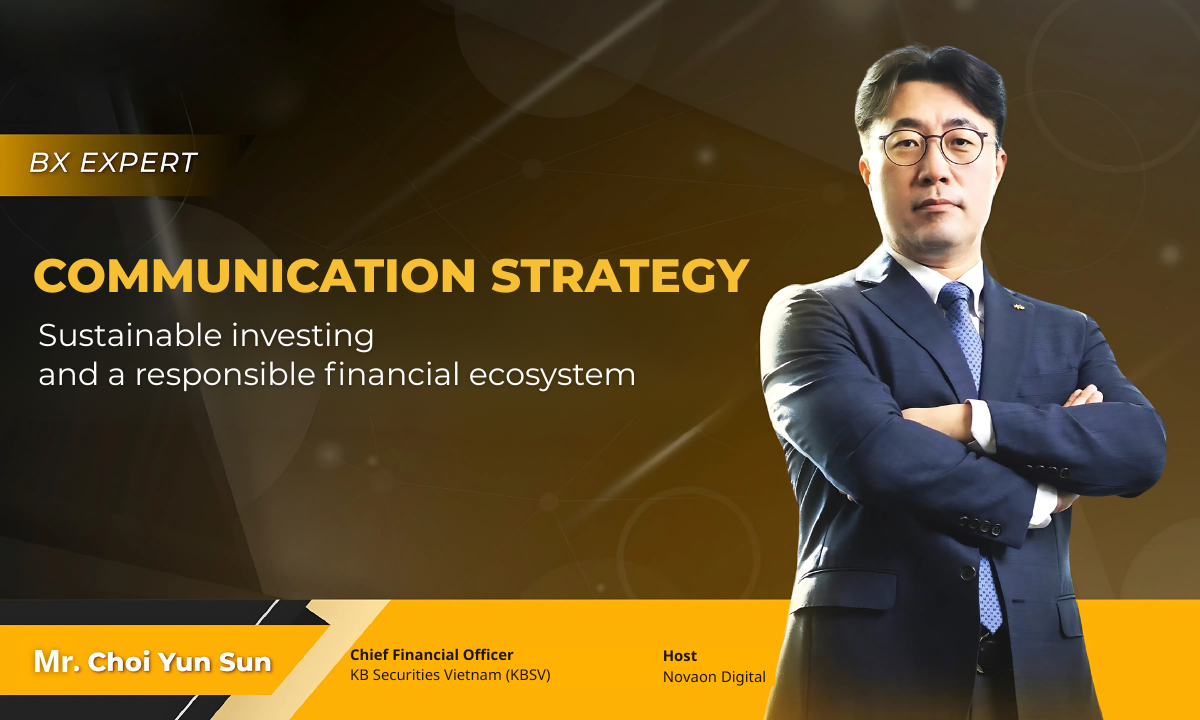Influencer Marketing & Omnichannel: A Strategic Redefining Brand Experience in the Automotive Industry

As consumer behavior rapidly evolves under the impact of digitalization, the automotive industry is being forced to reinvent how it engages with customers—not just through its products, but through storytelling as well. Influencer Marketing & Omnichannel are emerging as a powerful strategic combination that helps brands inspire while ensuring a seamless experience across all touchpoints. This article dives deep into how this integration works in the automotive sector, analyzing market context, benefits, challenges, and standout case studies.
I. The Current Landscape of Automotive Communication in the Digital Age
The automotive industry is undergoing a major transformation, with communication no longer being a support tool for sales, but a core component of brand strategy. Changes in consumer behavior have led to a shift in how brands approach, engage, and convert customers. Channels once considered secondary have become key battlegrounds where competition over image, content, and experience happens daily.
According to Google Automotive Marketing Guide (2024), 92% of Vietnamese consumers begin their car-buying journey online, with over 80% influenced by video content, especially reviews from YouTube, TikTok, or real users. Meanwhile, We Are Social’s Digital 2024 report shows that Vietnamese people spend an average of 6 hours and 30 minutes online daily, with most of that time on social media and video streaming. These figures clearly indicate that digital media is no longer optional—it is essential real estate for any brand wishing to stay relevant.
However, many businesses in the industry still rely on outdated, one-way advertising approaches, lacking emotional depth or personal connection. Meanwhile, modern consumers—especially Gen Z and Millennials—demand authentic, interactive digital experiences led by communities they trust.
This is where Influencer Marketing and Omnichannel emerge as strategic levers—not only expanding brand presence but crafting a seamless customer journey and building trust through real voices.

Automotive communication is gradually evolving in the digital era.
II. Integrating Influencer Marketing and Omnichannel: An Inevitable Path for the Automotive Sector
The rise of digital media and personalization trends has pushed automotive brands to shift from mass marketing to emotion-driven, trust-based, and experience-centric approaches. Influencer Marketing and Omnichannel, while effective on their own, form a powerful ecosystem when combined—accompanying customers from awareness through conversion to loyalty.
1. Influencer Marketing – When Consumers Trust Real People and Real Experiences
In the digital media environment, Influencer Marketing has become one of the most effective ways for automotive brands to connect with customers naturally and persuasively. Instead of relying on one-way ads, consumers—especially Gen Z and Millennials—increasingly trust real stories, genuine content, and authentic experiences.
Influencers in the automotive space include not only celebrities, but also expert reviewers, travel bloggers, or lifestyle content creators. They act as relatable intermediaries who help customers visualize how a car fits into their life and needs. Through storytelling, real-life experiences, and approachable styles, influencers foster trust and encourage action.
Additionally, influencer-generated content tends to spread rapidly thanks to its emotional appeal and entertainment value. When properly integrated into a multichannel strategy, the impact is significantly amplified.
2. Omnichannel – Creating Seamless, Personalized Experiences Across Touchpoints
Omnichannel is more than being present on multiple platforms—it’s about delivering a unified, consistent user experience across digital and physical channels. In the automotive industry, where the buying journey is long and complex, ensuring seamless, logical connections between touchpoints is crucial.
For example, after watching an influencer’s TikTok review, a user may be directed to the official website to learn more, schedule a test drive, and receive automated follow-ups via email or Zalo. Their behavior data is tracked and synced across platforms, allowing the brand to personalize messages, content, and customer service.
A strong Omnichannel strategy enables real-time data collection, analysis, and utilization to improve the user journey and boost conversions. It also supports post-sale activities like after-sales service and maintenance, helping build long-term relationships.
3. Combining Influencer and Omnichannel – From Inspiration to Real Conversion
Influencers drive inspiration and visibility, while Omnichannel ensures the journey from awareness to action is seamless and optimized. Together, they help brands not only reach the right audience but retain them with meaningful, consistent experiences.
Modern customers don’t make decisions based on a single channel. They might start with a TikTok video, move to a blog review, chat with a bot, and then visit a showroom. Without an integrated system, brands risk losing these potential buyers mid-journey.
The fusion of Influencer and Omnichannel strategies allows brands to tell a unified story—where users are consistently engaged, guided, and persuaded through personalized experiences. This is especially important in automotive, where the purchase cycle is long, the product value is high, and emotions play a vital role in decision-making.
Instead of stopping at product promotion, brands can create an emotional journey—from the moment a customer sees a captivating video, engages on social media, connects with virtual showrooms, to finally owning the car. This synergy not only enhances marketing effectiveness but fosters long-term loyalty and strengthens brand positioning.

The combination of Influencer Marketing and Omnichannel paves the way for an optimal path forward for brands.
III. Deploying Influencer & Omnichannel: Practical Advantages and Common Barriers
Integrating Influencer Marketing and Omnichannel offers strategic advantages but also comes with challenges—especially for businesses without a strong digital foundation. Below are the key benefits and barriers of this approach:
Advantages:
- Better audience targeting: Influencers deliver personalized content aligned with users’ lifestyle, needs, and interests, while Omnichannel ensures consistency across all touchpoints.
- Increased trust and conversion: When trusted influencers promote a product, engagement and positive sentiment rise. Seamless integration into Omnichannel ecosystems encourages follow-through actions.
- Personalized experience: Behavioral data from social platforms, CRM tools, and websites allows segmentation and customized content, increasing campaign effectiveness.
- Optimized marketing costs: Compared to mass advertising, this model focuses on targeted touchpoints and clear performance metrics, allowing flexible budget allocation.
- Stronger loyalty and brand recognition: A smooth, consistent journey—driven by influencers, chatbots, and showroom staff—makes users feel heard and understood, encouraging loyalty and advocacy.
Barriers:
- Lack of internal coordination: Marketing, sales, and customer service often operate in silos, causing fragmented customer experiences and slow campaign optimization.
- Choosing the wrong influencer: Large followings don’t always equal relevance. Misaligned influencers or inauthentic content can damage brand trust.
- Weak tech infrastructure: Omnichannel requires CRM systems, marketing automation, and analytics tools—many brands still rely on fragmented or manual systems.
- Difficult performance tracking: Measuring combined effectiveness of influencer and omnichannel efforts can be tricky without clear KPIs and analytics systems.
- High initial investment: Building the infrastructure, training teams, hiring quality influencers, and maintaining alignment can be costly—especially for SMEs.
Overall, the benefits of integrating Influencer Marketing and Omnichannel are substantial, but they require solid planning, interdepartmental collaboration, and digital readiness.
IV. Case Studies: Successful Influencer + Omnichannel Campaigns
Case Study 1: Nissan e-POWER (UK) – Immersive VR Omnichannel Experience
Context:
To launch its innovative e-POWER hybrid tech in the UK, Nissan aimed to reach consumers interested in next-gen driving and tech experiences. The goal was to maximize exposure in a crowded, digital-first market.
Solution:
Nissan partnered with Teads to roll out a creative omnichannel campaign. A standout feature was an interactive VR experience built into Connected TV ads. Viewers scanned a QR code to explore e-POWER through an interactive mobile or desktop VR experience—creating a seamless bridge between awareness and product interaction.
Results:
The campaign reached 41% of the UK population, significantly boosting recognition of e-POWER. It highlighted the powerful impact of integrating influencer-like user experiences with omnichannel digital delivery.
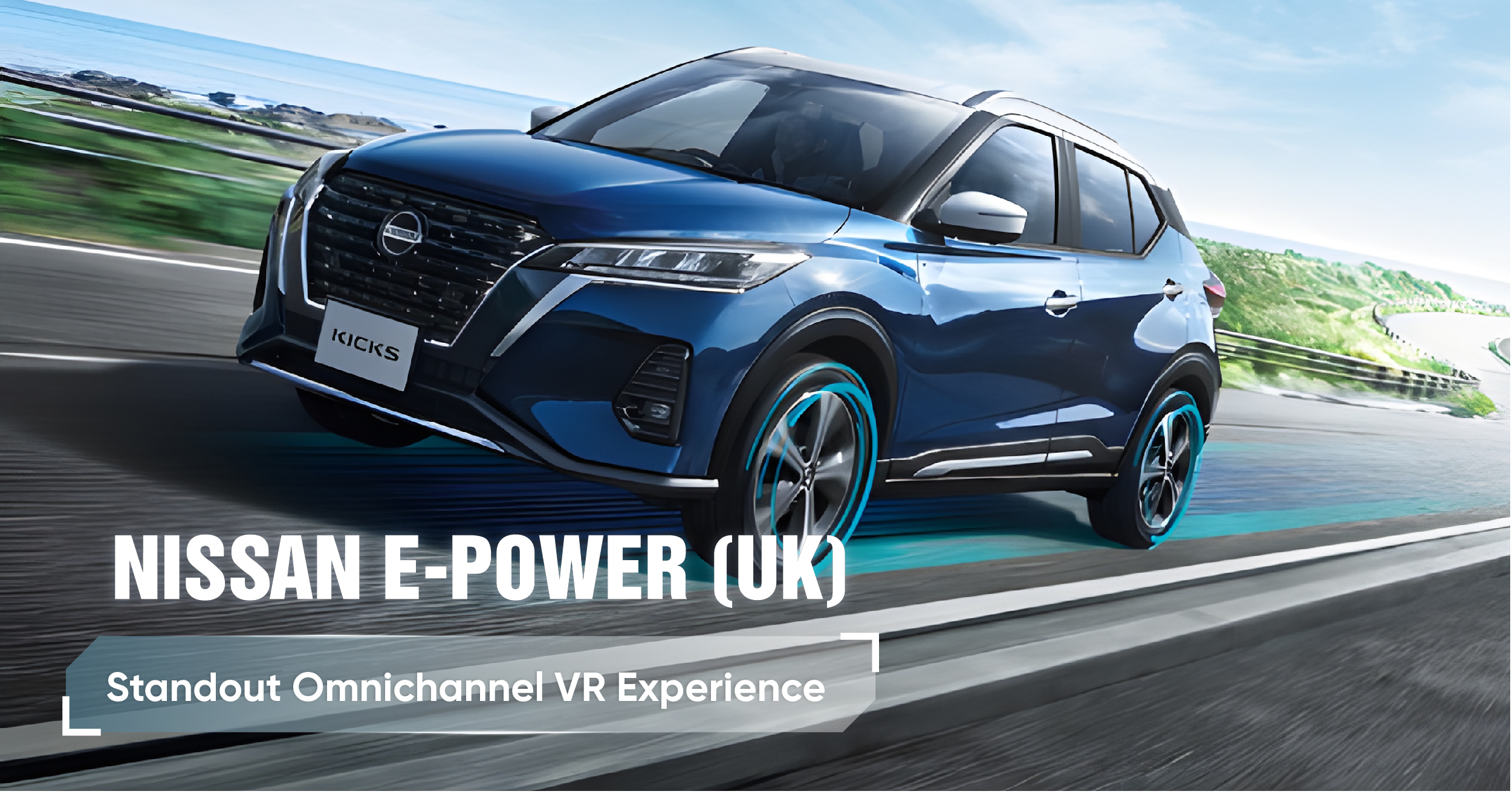
Nissan e-POWER (UK) – A Standout Omnichannel VR Experience
Case Study 2: Genesis GV60 – TikTok & Multi-platform Influencer Campaign
Context:
Luxury brand Genesis (Hyundai Motor Group) launched the GV60 electric car targeting young, tech-savvy US consumers. Competing in a crowded premium EV market, Genesis needed to stand out with authentic, relatable storytelling.
Solution:
Genesis launched a social-first integrated campaign with TikTok at its core. The brand collaborated with influencers in lifestyle, tech, and fashion to create POV short-form videos highlighting GV60 features. Influencer content linked directly to Genesis’s site, where users could explore the car in 3D, book test drives, and connect with nearby dealerships. Behavioral data fueled personalized remarketing across platforms.
Results:
- Over 30 million TikTok views in 4 weeks
- 60% increase in test-drive link clicks
- Significant rise in website traffic and in-dealer engagement during the campaign

Genesis GV60 – TikTok & Multi-platform Influencer Campaign
Conclusion
The convergence of Influencer Marketing and Omnichannel is not just a trend—it’s a practical roadmap for brands to build deeper connections with modern consumers. As customers increasingly demand seamless, personalized, and trustworthy digital experiences, this duo becomes essential in crafting persuasive and emotionally engaging purchase journeys.
From global campaigns to local executions, success lies not in mere multichannel presence, but in consistent, authentic storytelling that guides users from awareness to action. In today’s experience-driven era, integrating influencers and omnichannel touchpoints helps brands reach customer hearts—and drive sustainable conversions.
